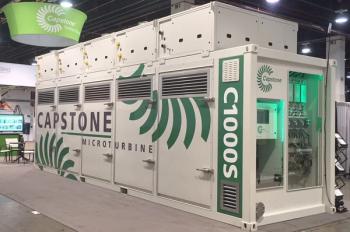
‘Soft alarms’ help detect component deterioration before unplanned shutdown
In this day and age with daily revenues for power and oil & gas producers exceeding $1 million (and in many cases over $5 million), it has become imperative to tackle machinery problems before an unplanned shutdown. Yet, in the author’s experience, this is rarely the case. However, through the increased accuracy and quality of instrumentation and data collection, it is much easier to diagnose potential issues (via proactive maintenance) before a failure.
As a result of modern tools, there are an almost unlimited amount of possibilities when it comes to monitoring machinery condition. When we typically look at the Distributed Control System (DCS) in any plant for a specific machine, we see an array of screens that offer process conditions (driver and driven), mechanical data (bearing conditions) and auxiliary system condition (lube and seal oil or seal gas systems). These screens are valuable, but we do not see the internal condition of the machines (performance).
Using tag numbers to calculate efficiency
Using instrumentation that provides data for the process condition screen, we can use the instrumentation tag numbers that are built into the DCS to calculate head, efficiency and power in real time. This information can be plotted automatically on performance curves which could be imported into the system, or better yet, trended with all of the information on the other screens (vibration, lube oil temperature, primary vent flows, and so forth), allowing us to act when we see a change in the condition of the machinery.
Integrating this performance monitoring data with bearing, seal and auxiliary system condition monitoring (component condition monitoring or CCM) in real time can bring about a major change in maintenance results. Further, this opens the door to being able to trend critical parameters and develop historical data on component functionality.
The next logical question is: how can we possibly monitor each parameter for each machine and notice small changes in all of these parameters? Again, thanks to technology and the capabilities of new software, we can set up an alarm before the actual alarm, or what we call “soft” alarms.
The alarms would not be on the DCS but rather in the software that condition monitoring groups use. That way, the condition monitoring group can see component deterioration prior to the real alarm limit (which is usually too late to fix without shutdown), giving them time to act and correct the issue before having to shut down the equipment.
(Read more in the September/October issue of Turbomachinery International)
Newsletter
Power your knowledge with the latest in turbine technology, engineering advances, and energy solutions—subscribe to Turbomachinery International today.





